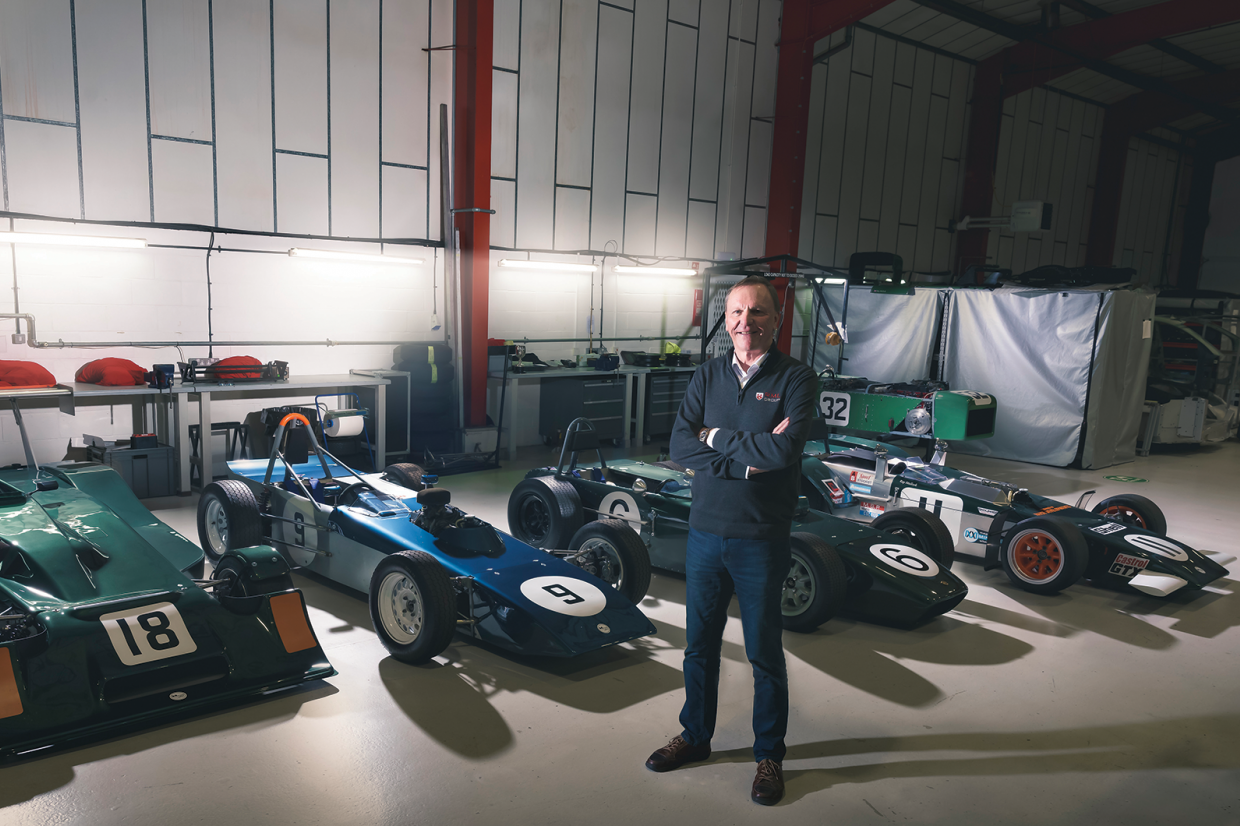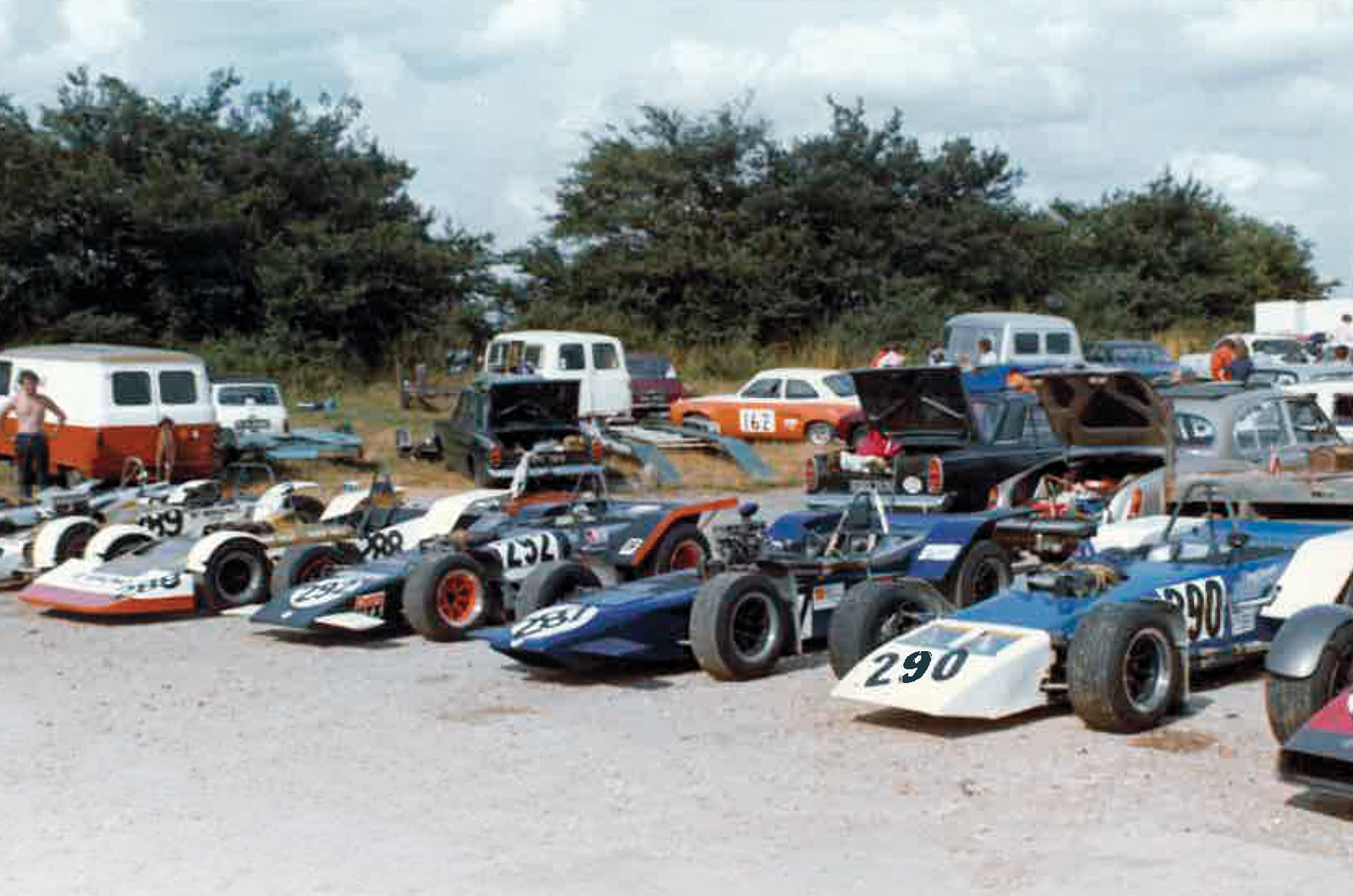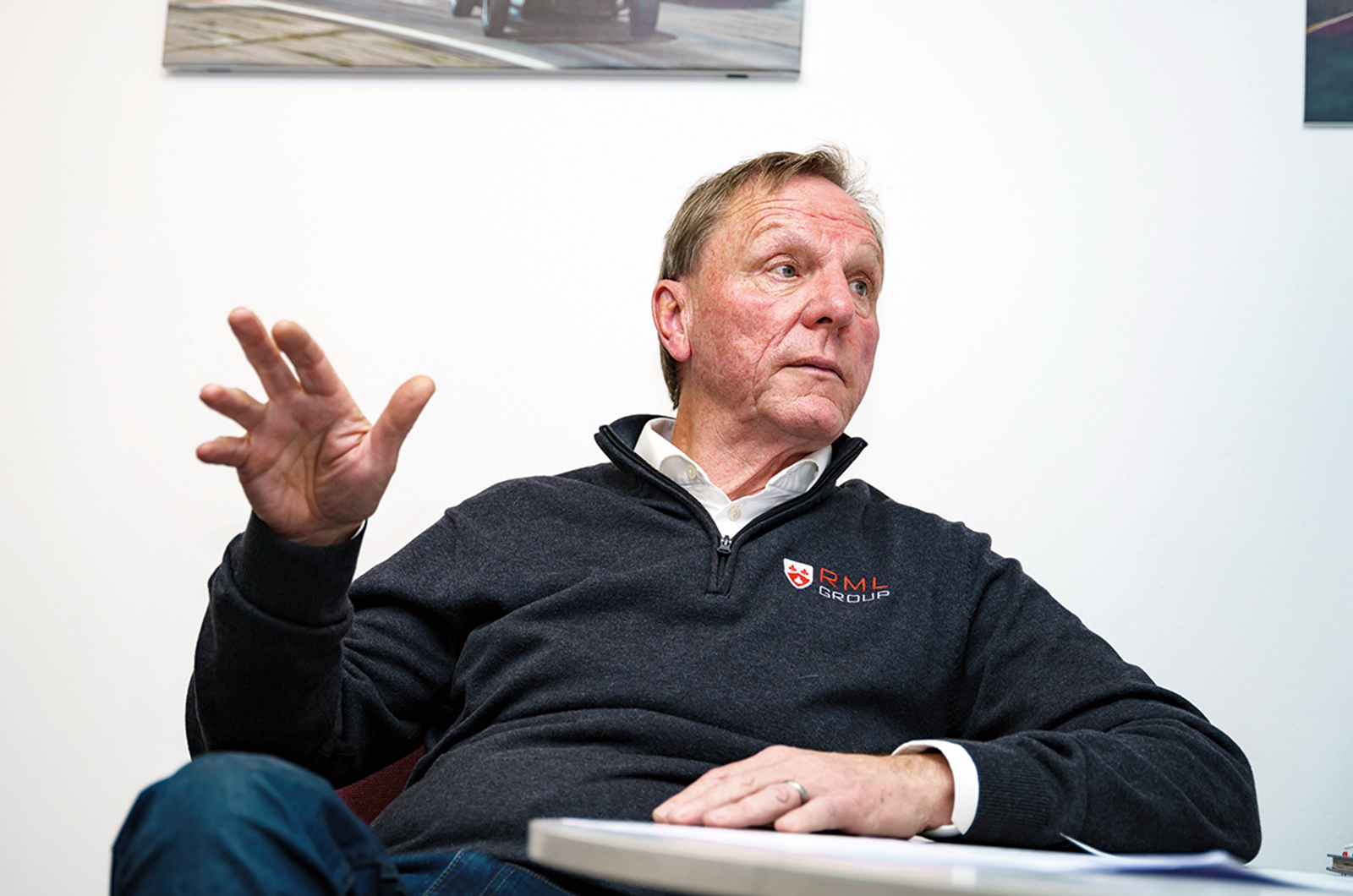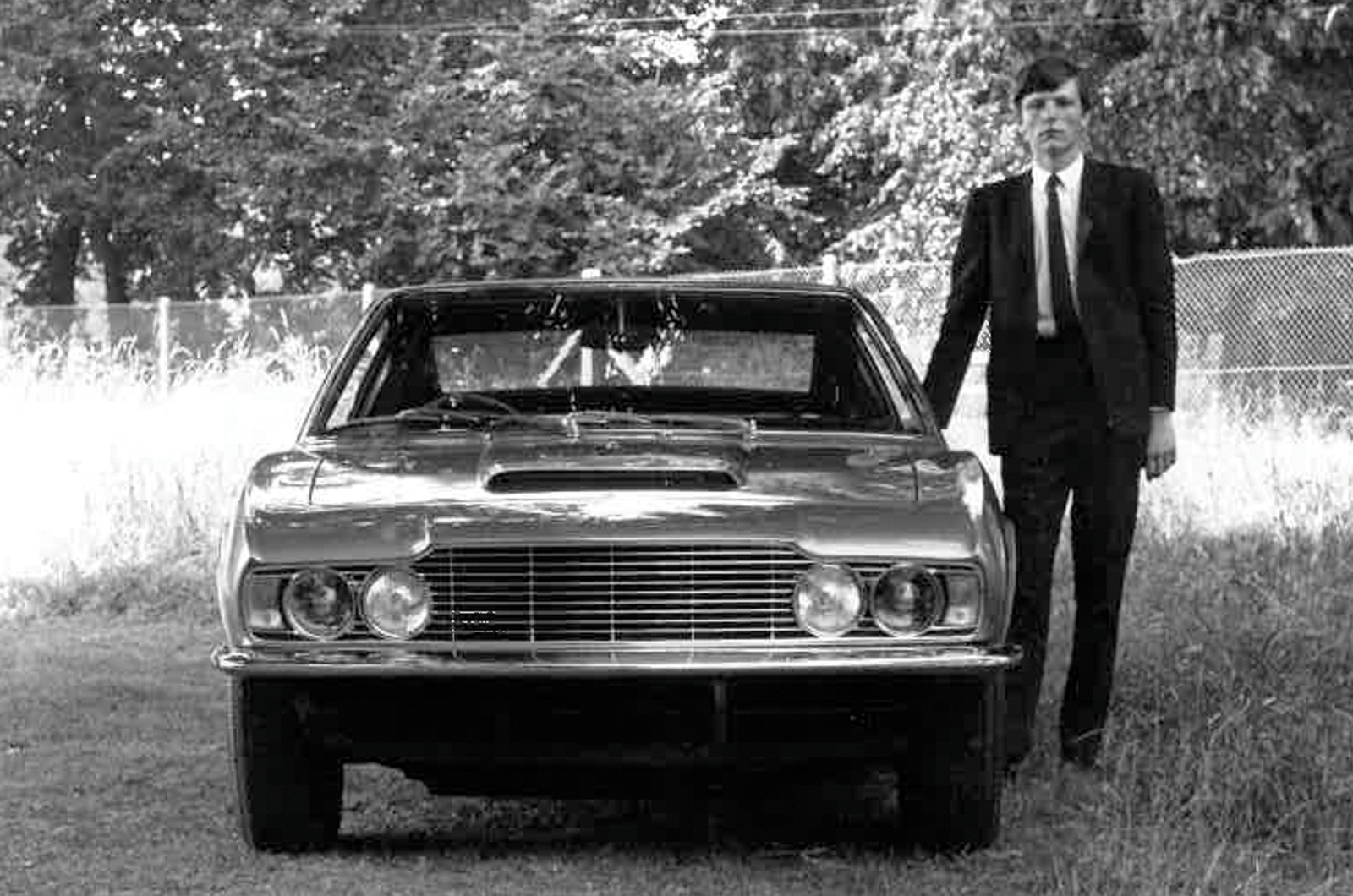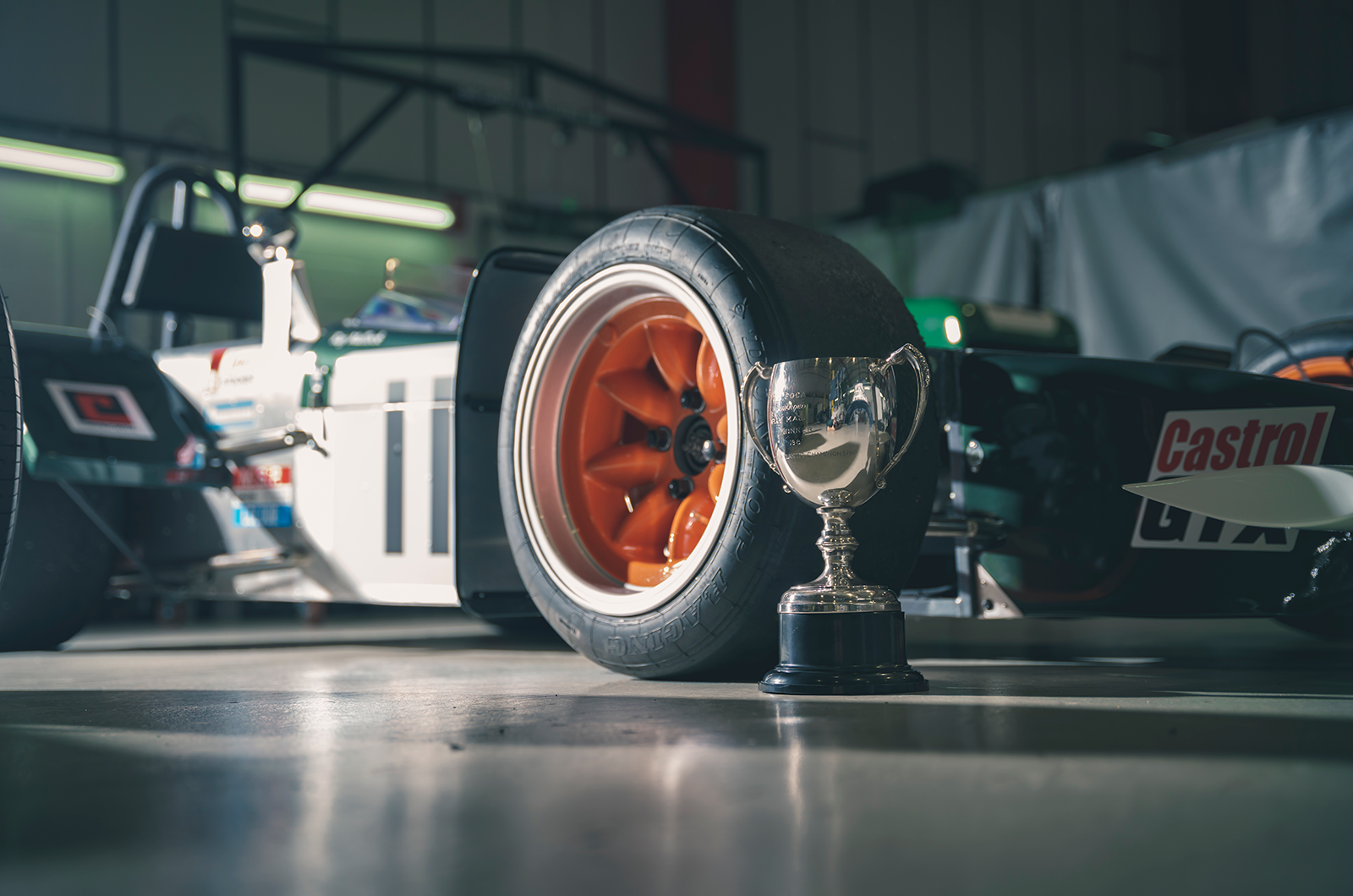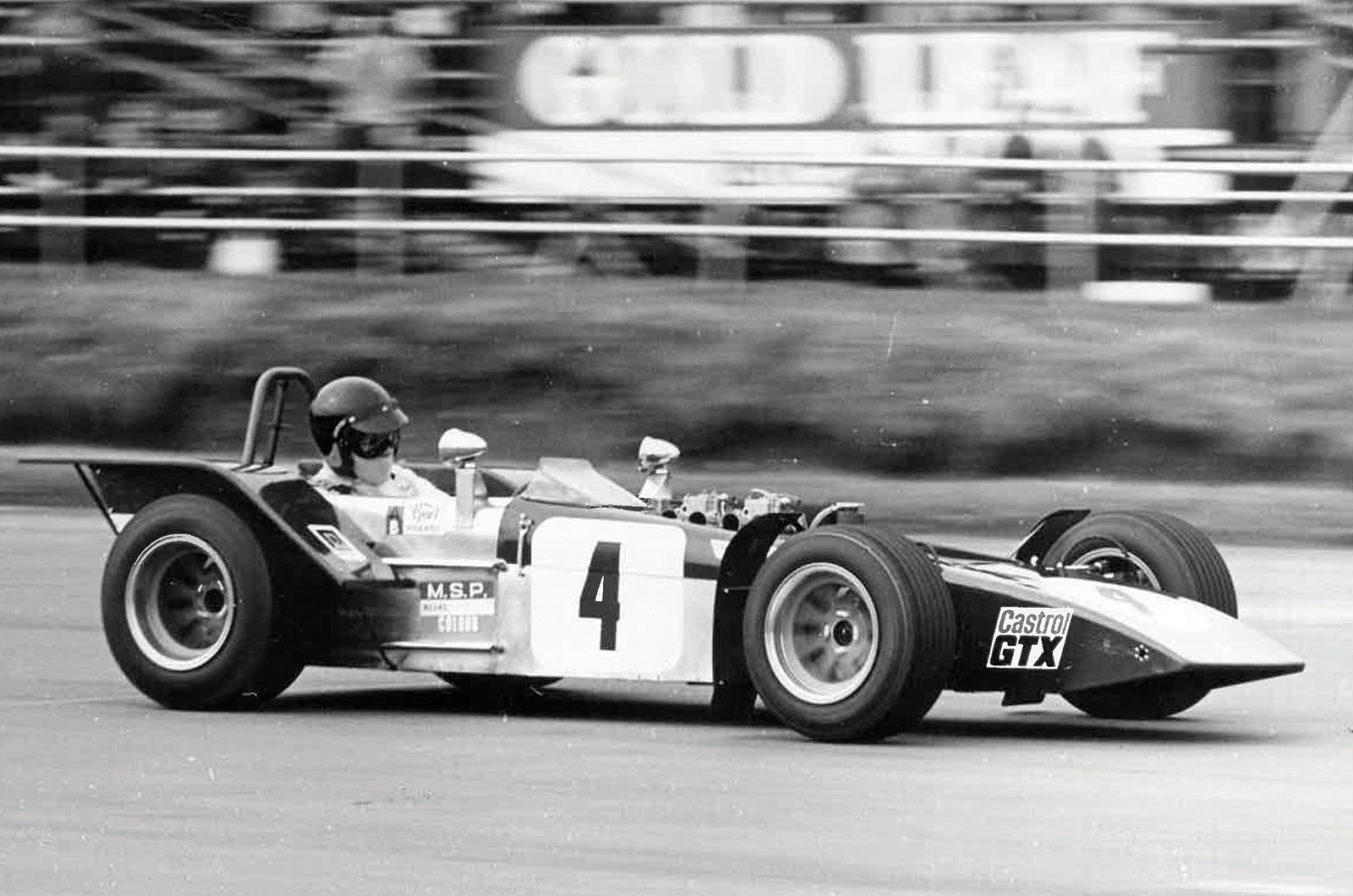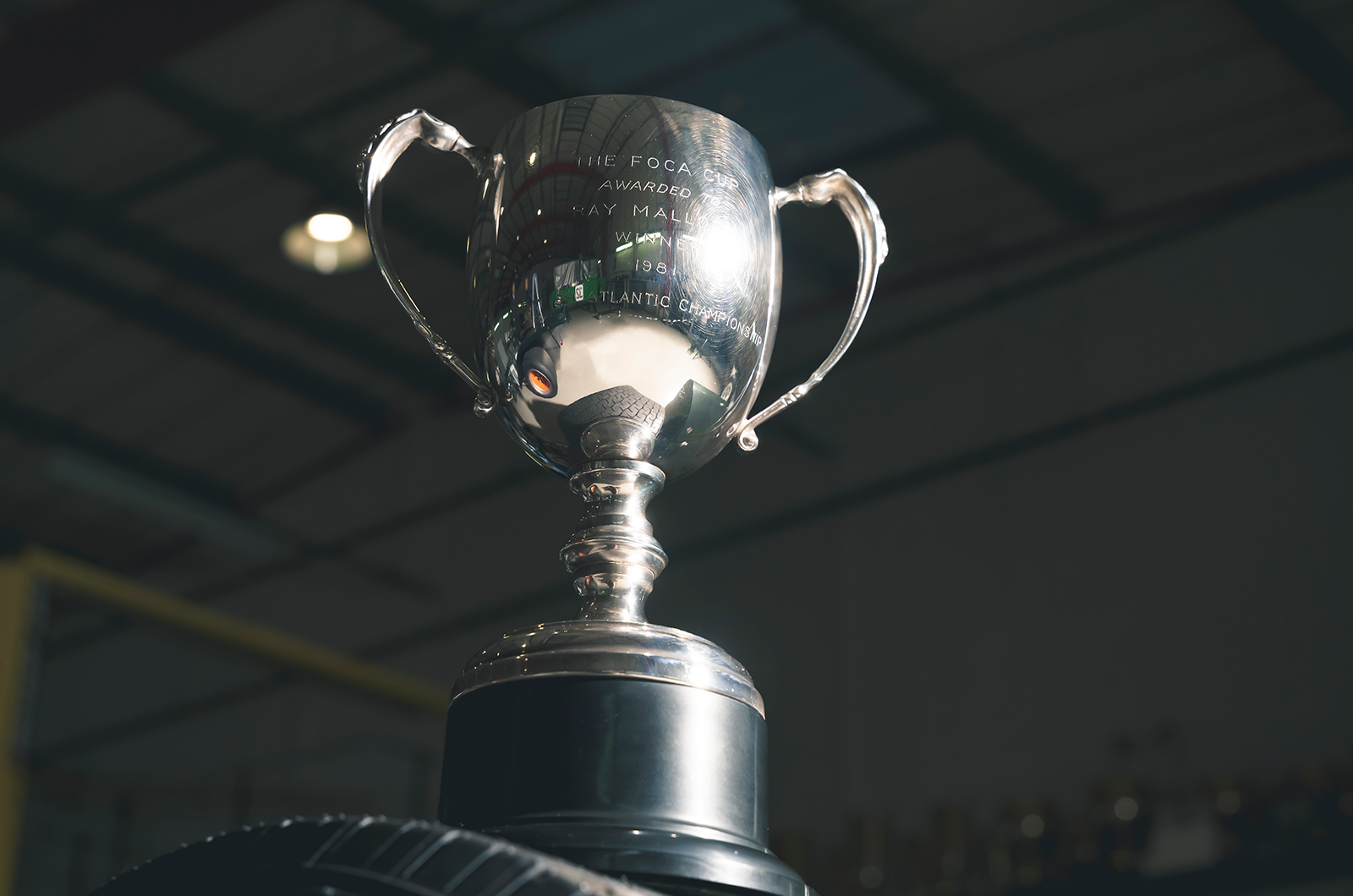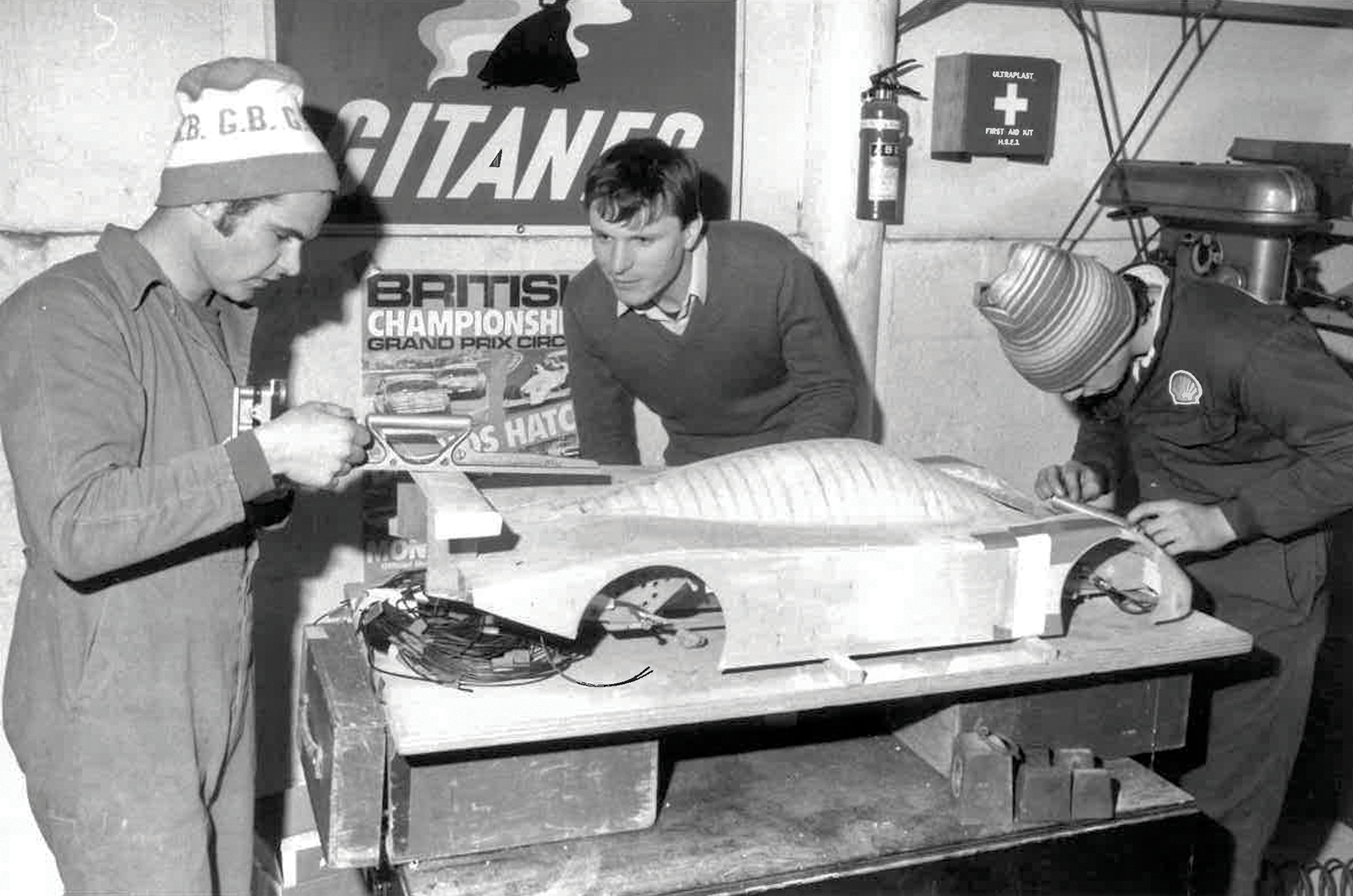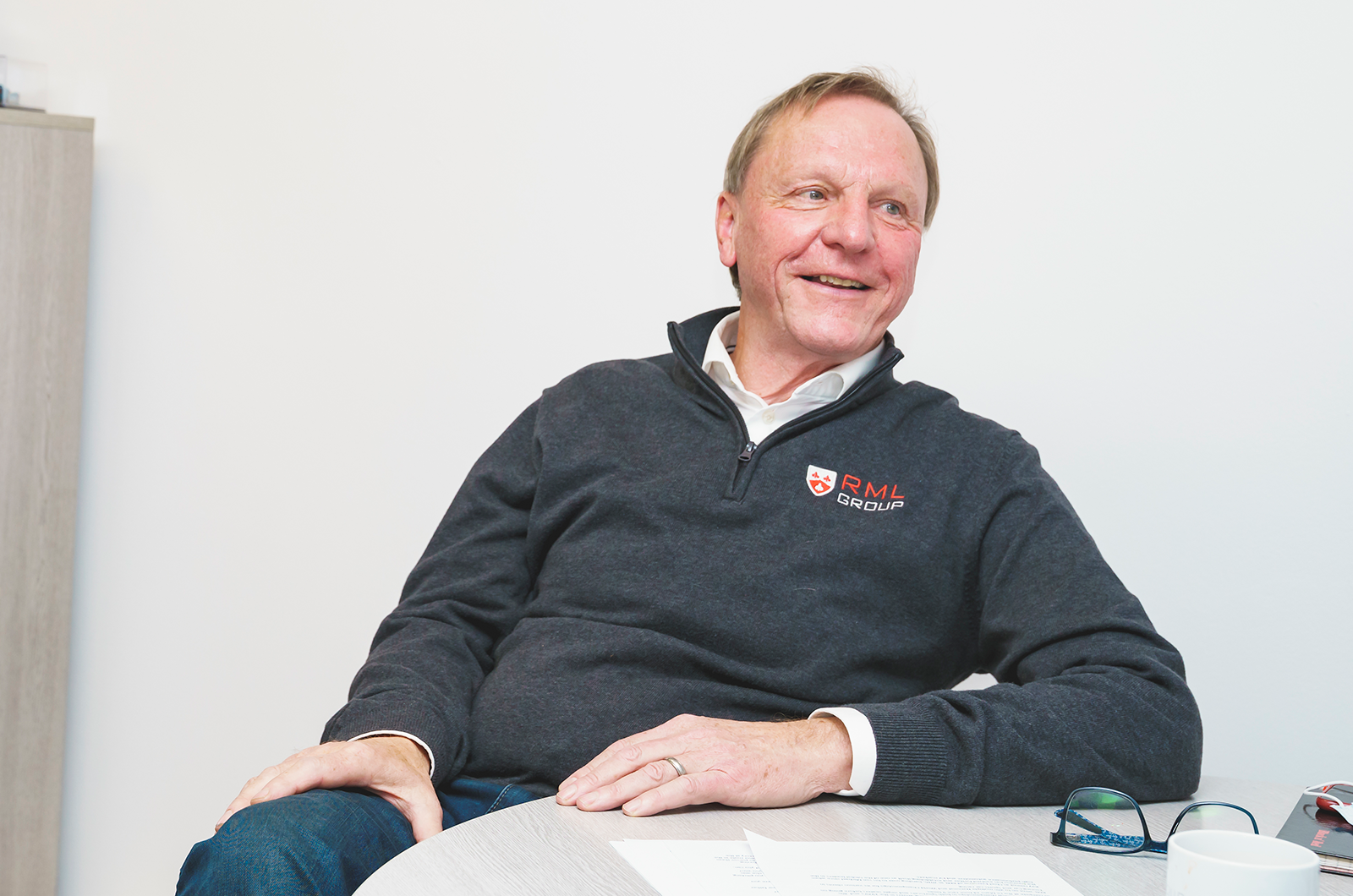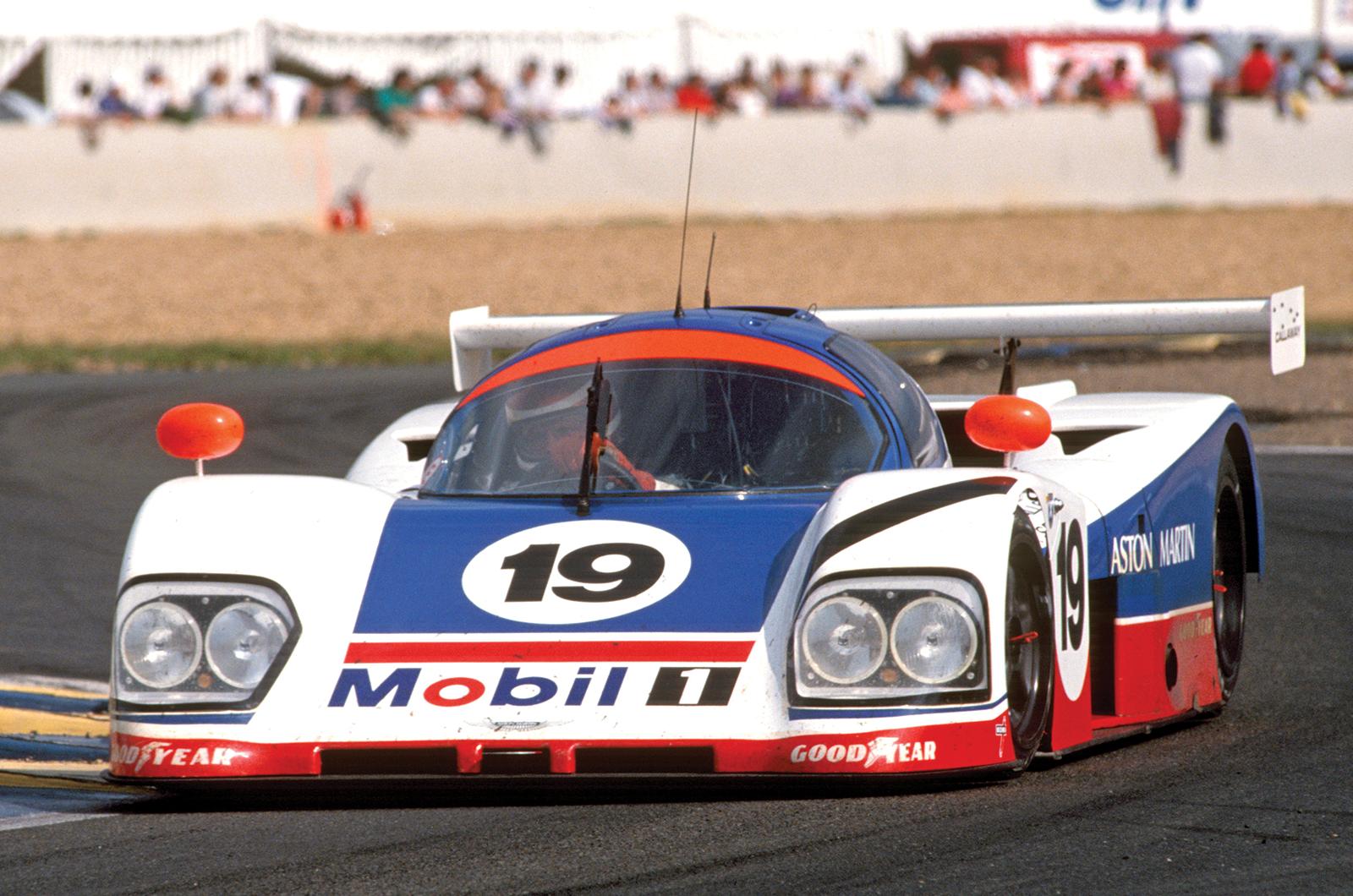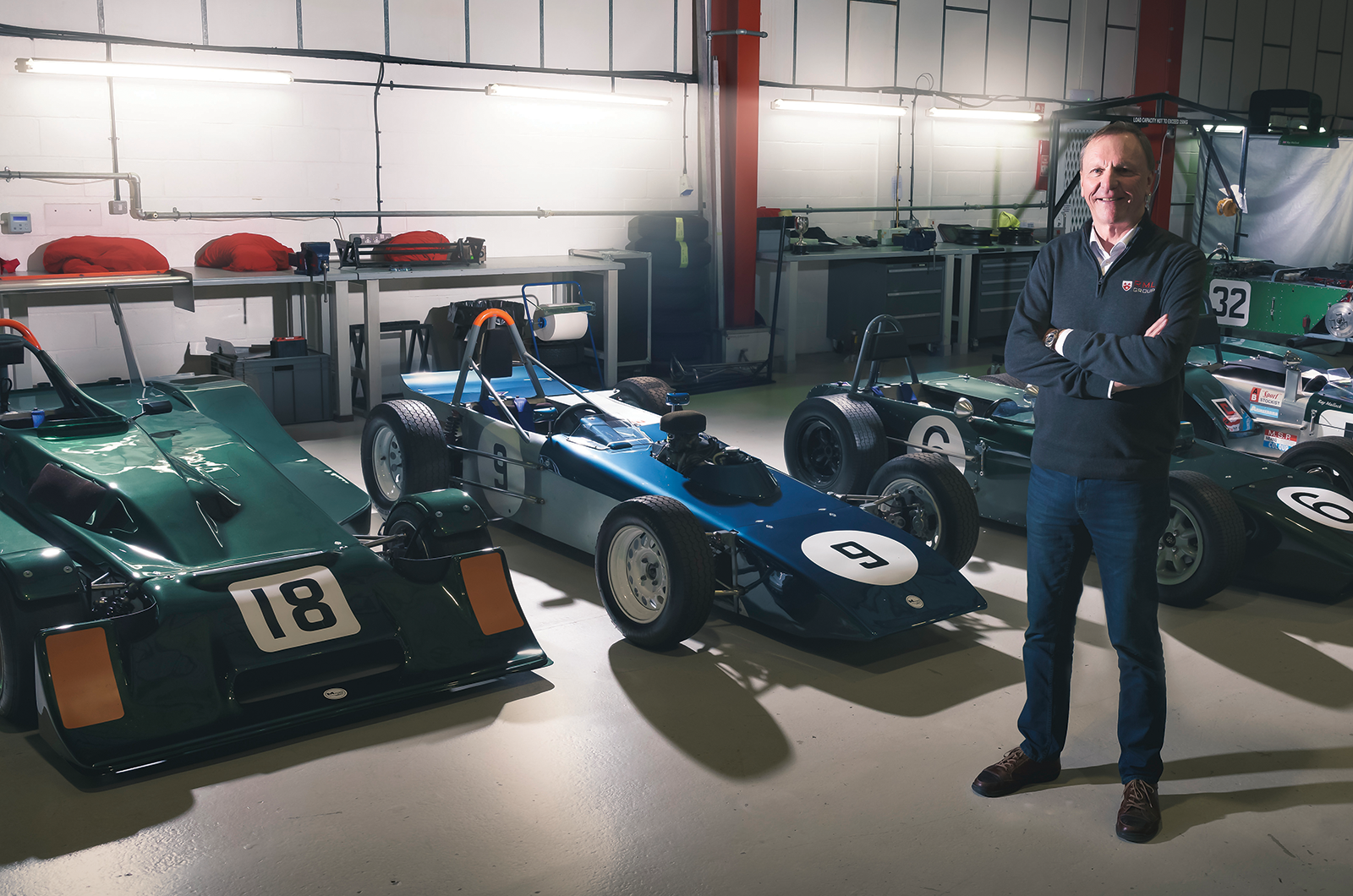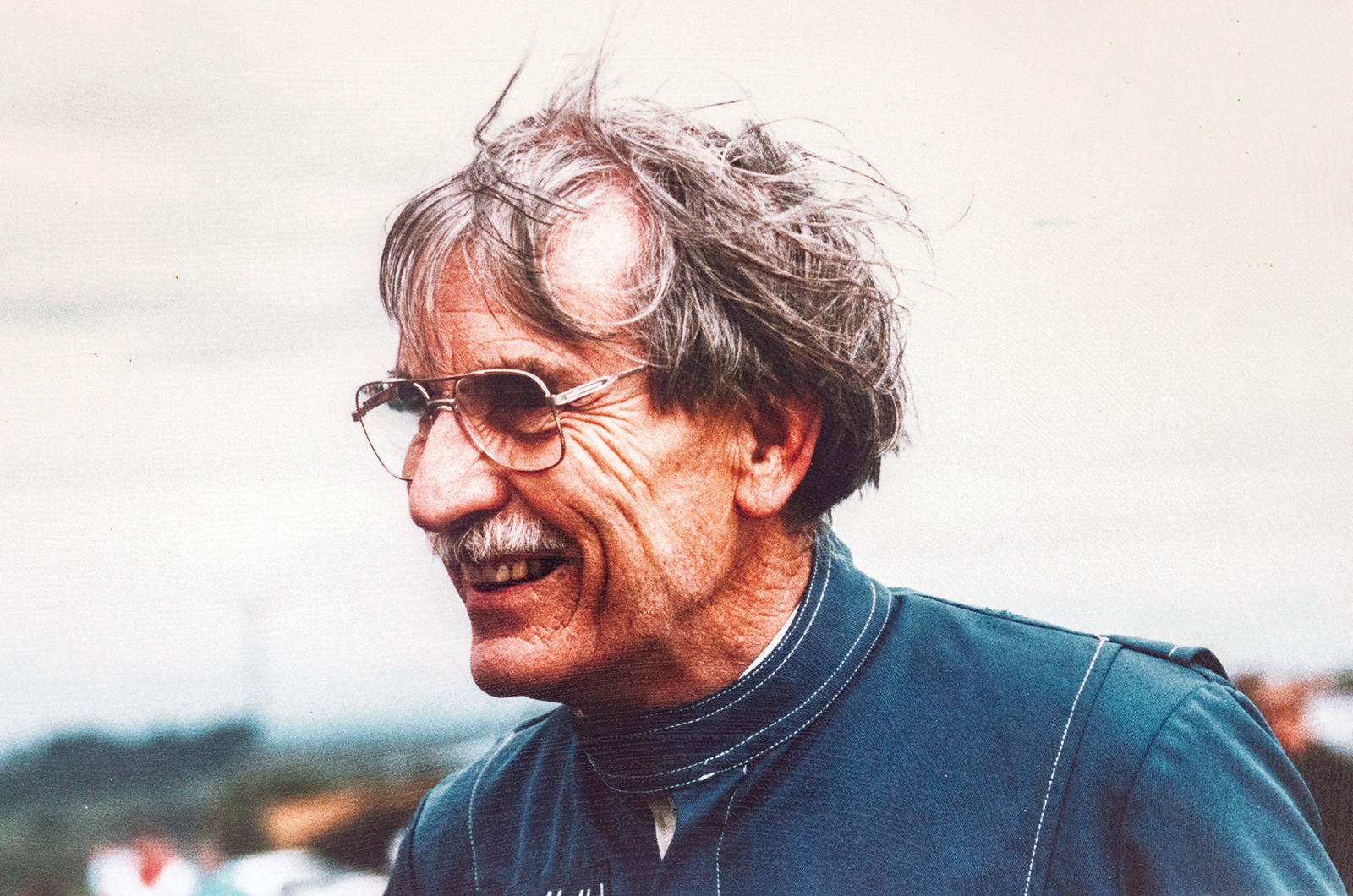With RML’s chassis and aerodynamics expertise, the Cavaliers had more grip than any other car on the track: “John Cleland came in after his first lap of testing at Brands and said, ‘There’s something wrong with the dash. It says I’ve just done a 46.2 – that’s ridiculous!’
“It was a second quicker than he’d ever gone there.”
Despite Cleland’s continued success, taking the championship in the RML-run Cavalier in 1995, Mallock felt that the Scot’s role was overpowering: “John wasn’t a good development driver; if you compare him with David Leslie they were chalk-and-cheese.
“In the end, Nissan came to me with the opportunity of running its cars and choosing my drivers, and that’s why we moved there for the following three seasons, with David and Anthony Reid.”
Mallock’s ability to bring together the best engineering talents in the business under the RML banner gave the company firm foundations for the 21st century, with notable success in running the Chevrolet works team in World Touring Cars up to 2014.
Mallock still uses the firm’s older machinery for historic racing outings
That the organisation has now diversified with son Michael at the helm, with less emphasis on motorsport, is no disappointment to its founder. “I no longer have the itch to scratch,” he says with a smile.
Nowadays, that itch extends only to racing older Mallock machinery – including one car that originally belonged to his father – in historic racing, from which Mallock gets a real kick.
He has also developed a passion for cycling, and is currently undertaking a Lands End to John O’Groats trip in four week-long sections during the course of a year: “50 miles a day is just right for me…”
It comes as no real surprise: whether as a racing driver, development guru or team manager, Ray Mallock’s success has always been about going the extra mile.
Images: Max Edleston; Maurice Lowe, Motor; Getty; Aston Martin Lagonda
Mallock’s first racing generation
Pictured here is Mallock’s father, Arthur who started building affordable front-engined race cars after serving in WW2
Ray Mallock’s father, Arthur, was described by biographer Paul Lawrence as ‘the man most responsible for making motor racing accessible to the man in the street,’ with his Mallock U2s, which he began to produce commercially from 1958 and, in modern form, are still being built today.
Arthur’s intimate knowledge of chassis dynamics was first demonstrated when he started to build Austin Seven Specials in ’39, before serving in the forces during WW2.
Post-war, Arthur was a pivotal member of the 750 Motor Club, campaigning his well-known Seven Special on circuits, in trials and at hillclimbs.
His first U2 used a spaceframe design, to which customers could fit their own standard equipment, driving down the price of competing in what even then was a rich man’s sport.
Keeping the engine and gearbox in front of the driver also reduced costs and removed transmission losses, while its live rear axle meant no camber changes.
READ MORE
Lotus legend Paul Matty: a lifetime of service
Alain de Cadenet remembered
Alfa Romeo 155 TS Silverstone vs Volvo 850 T-5R vs BMW 318iS: race ready
On track in the unique DB created to win at Le Mans
Simon Hucknall
Simon Hucknall is a senior contributor to Classic & Sports Car
